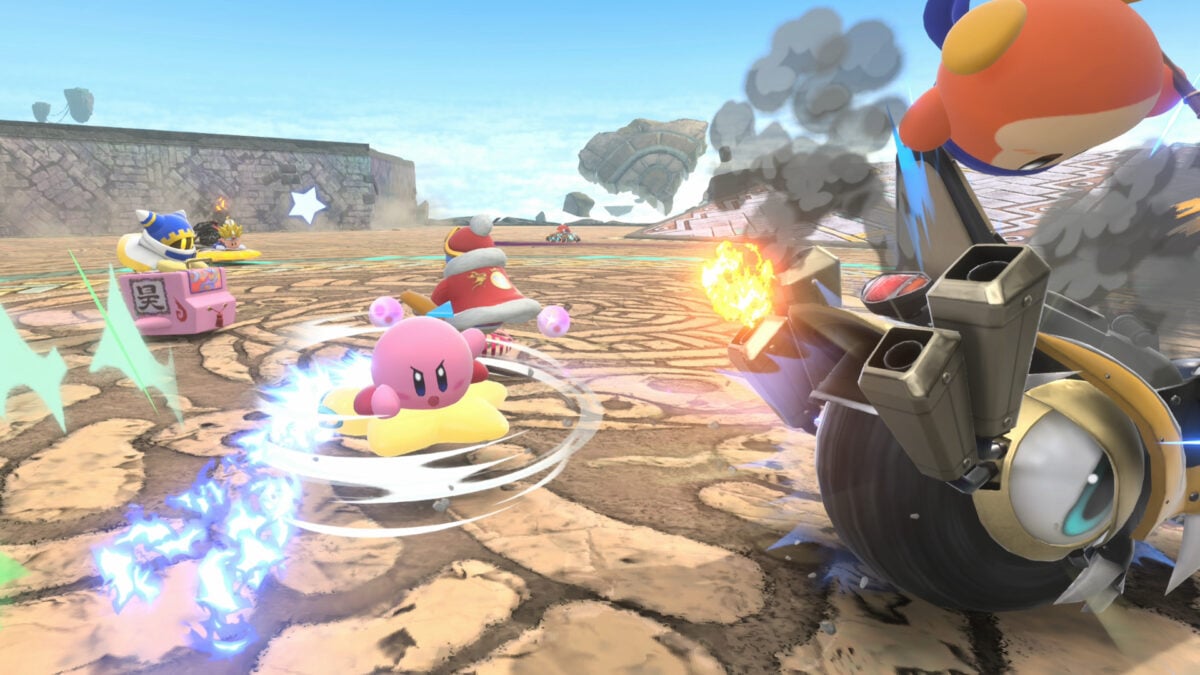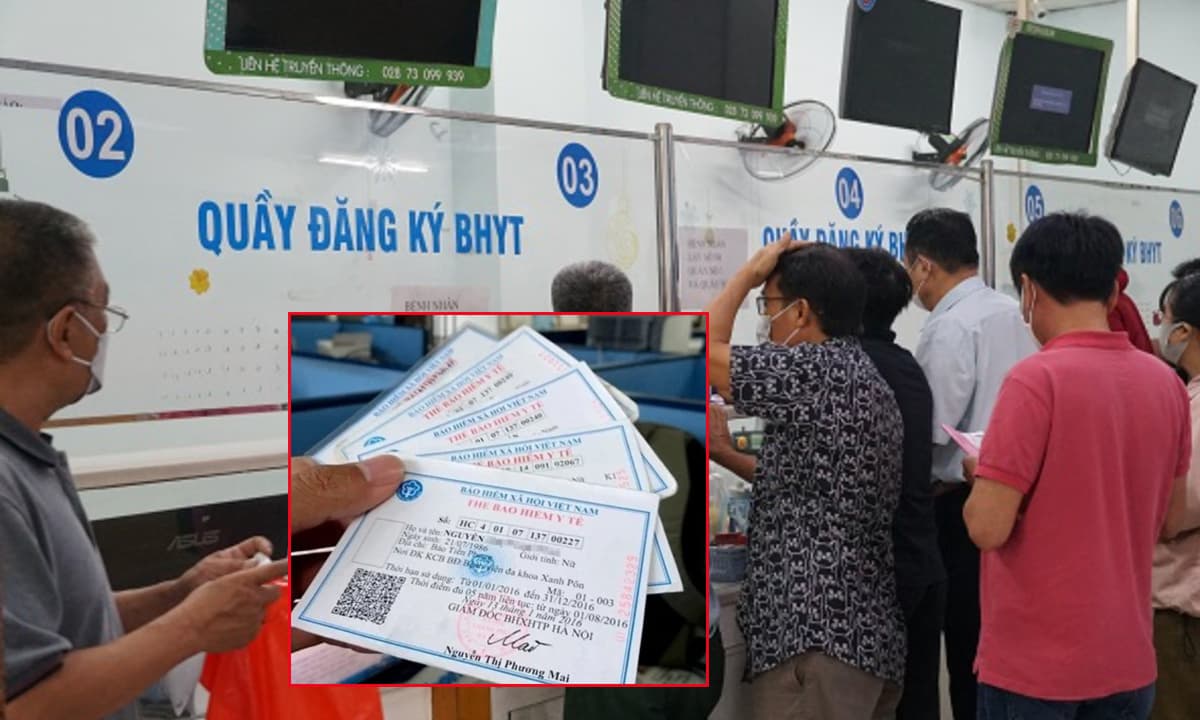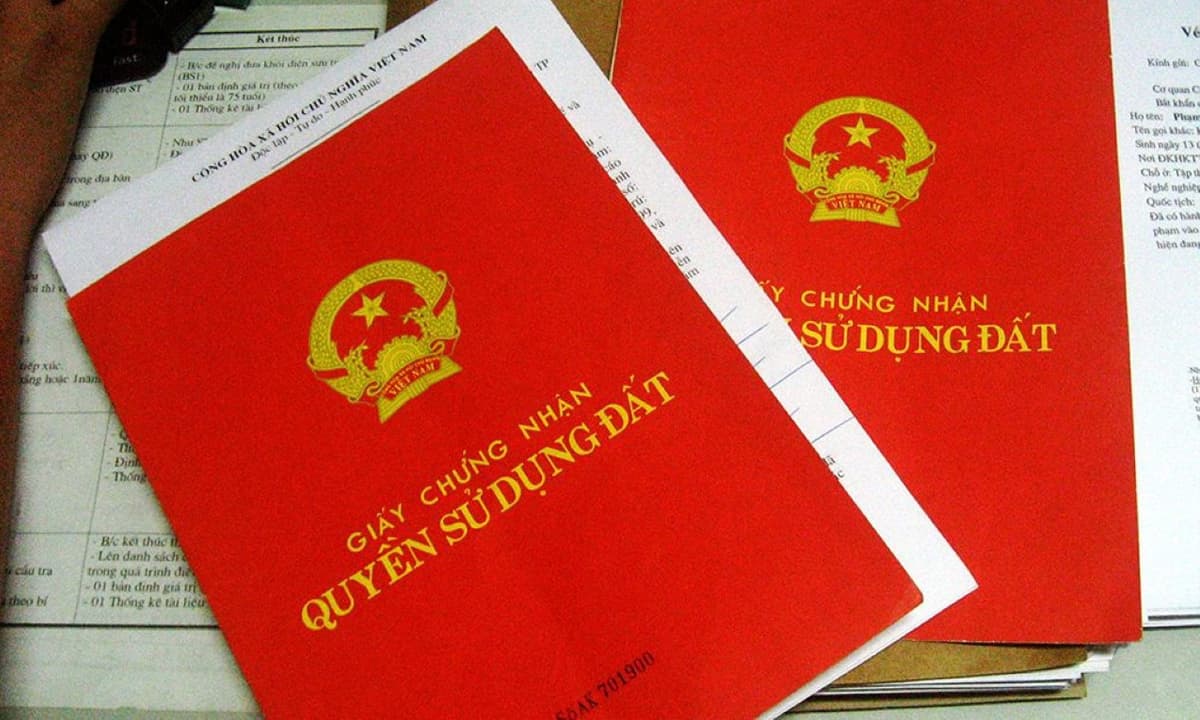'Kirby Air Riders' on Switch 2 Makes a Better Case for the GameCube Than Nintendo Ever Did

“I have no idea what is happening right now.”
I sigh several variations of that phrase in the hour I spend playing through a sliver of Nintendo’s upcoming Switch 2 exclusive Kirby Air Riders. I’m tired after a full day’s work—somewhere between fried and manic—but the racing game, which director Masahiro Sakurai quipped in his Tuesday Nintendo Direct was “basically Mario Kart,” is akin to being thrown hurtling down the mouth of a kaleidoscope at 200 miles per hour. I know I won some races and battles and lost in others, but if I try and recreate the scene of my pink puffball flying down a track or smacking other racers, it turns into a vague, vibrant blur in my memory.
Like Nintendo’s 2001-era console itself, the original Kirby Air Ride for the GameCube was an odd duckling when it hit the scene in 2003. At the time, critics were surprised by the game’s simplicity. Unlike most other kart racers, you didn’t need to press any button to speed off at full tilt—the game did it for you. Air Rider used a single button for controls alongside the thumbstick to turn left and right. Players only had a single racer to choose from at the start (Kirby, in pink or a variety of pastel shades) and a paltry few characters to unlock later. That earlier title was limited by its system and its scope. Kirby Air Riders on the Switch 2 can make use of the necessary processing power for more action on-screen, and it seems the scope for this sequel has expanded beyond anything Sakurai and his old compatriots at the studio HAL Laboratory could ever consider two decades ago.
Kirby Air Riders gets its name not just through the old Aliens gimmick of adding an “S” to a sequel title, but because you now have a full selection of different characters and your riding “Machines”—both air and land-based—to choose from. There’s the expected Meta Knight and King Dedede, but if you never played another Kirby game, you may be confused by characters such as Chef Kawasaki and Knuckle Joe. Each character has different stats, such as weight, speed, and flight, as well as a special ability that changes how each plays. Similarly, each craft offers a unique twist. The “Winged Star” may be able to glide for longer, but the tank lets racers drive in one direction and boost in another.

While the original Kirby Air Ride notoriously only used a single button for controls, the big landmark addition to the controls is the second button. Now, when your special meter hits a peak from defeating on-track enemies or smashing your fellow racers, you can hit Y to unleash a special move that’s different for every racer. Otherwise, you flick the joystick around to attack opponents and enemies as you rocket through each track. Pulling back on the stick off a jump allows most craft to glide for a certain amount of time, and landing perfectly offers a small boost.
Still, you’re only ever focusing on the joystick and a single button at any one time. The “B” button stops your craft and builds up boost (though some Machines like the “Cart” can’t generate boost). Releasing the button shoots you forward. This allows for expert players to drift around corners and hit the NOS to slip past their competitors. The button has even more functions. Tapping it lets each character—not just Kirby—suck up enemies to gain a temporary power to attack your fellow racers with. On the GameCube, this control scheme was oversimplified. On the Switch 2 sequel 22 years later, it’s necessary. You are rocketing so fast down each course that remembering any more buttons would only result in even worse headaches.
If Mario Kart World’s wall riding and rail grinding features rely on technical finesse, winning in Kirby Air Riders is about how much information you can process in the blink of an eye. I had the chance to take a few turns around the typical Air Ride mode on two tracks, both of which were full of bright, colorful environments, music that combined cutesy with high-octane, and enough shit flying at the screen that I couldn’t get a grip. Then I went through several full matches of the new City Trial mode. Racers hop into a large single city environment where they have a limited time to collect as many stat power-ups as possible from the environment or off their fellow riders. Then, each player participates in a mini-game where you try to use your stats to beat your opponents. One such mini-game was an air-based race where those with the right Machines and flying stats would have the edge. Another asked me to collect the most food on a small section of the map. I won both, and I still couldn’t tell you how I did it. I had collected so many speed upgrades I could hardly control the character.
I can imagine City Trial would get boring if it’s confined to the same map. Though I asked, Nintendo wouldn’t say how many tracks there are in the final game. I also begged company reps to tell me whether Nintendo planned to add extra control options, but the company is keeping mum as we head toward the Nov. 20 release date. The Switch 2 is built with unique control options such as gyro and mouse mode, but it’s unclear if either will make an appearance in the game.

With the need for only two buttons, you could technically play Kirby Air Riders on one of the refreshed NES controllers Nintendo launched back on the original Switch. That’s when I considered the Switch 2’s exclusive options, and it was all too obvious. The best controller for this game may be the revitalized GameCube Switch 2 gamepad. The big green “A” button was built for this kind of minimalist control scheme. The full-range joystick would be a boon when trying to pull off any spin attacks or when trying to take a tight turn.
The closest game that can claim to offer the same sense of blistering speed is, funnily enough, F-Zero GX for the GameCube. In that game and other modern takes on the antigravity racing genre, like 2024’s Redout, you only ever had to worry about your fellow racers, boost pads, and a few track hazards. In Kirby Air Riders, you need to be concerned with opposing racers’ special attacks, enemies on the track, boost circles, ramps, aerial shortcuts, and more besides. I never felt sick playing the game, but the speed was enough; I bet there are some players who will get overstimulated until they’re green in the face after one too many rounds.
Nintendo’s Switch 2 has been effective in making a stronger case for the GameCube than it ever did when the company released the boxy console more than 20 years ago. On Aug. 21, the Mario maker is dropping Chibi-Robo, a cult classic, available for Switch Online + Expansion Pack subscribers. Based on my limited preview, Kirby Air Riders seems like the final form of the 2003 original without the “S.” Now we just need to see if Metroid Prime 4: Beyond can offer the same magic as the original Metroid Prime did in 2002. Nintendo has consistently claimed the game starring Samus is coming in 2025, but we’ll need to wait and see if that promise holds true.















